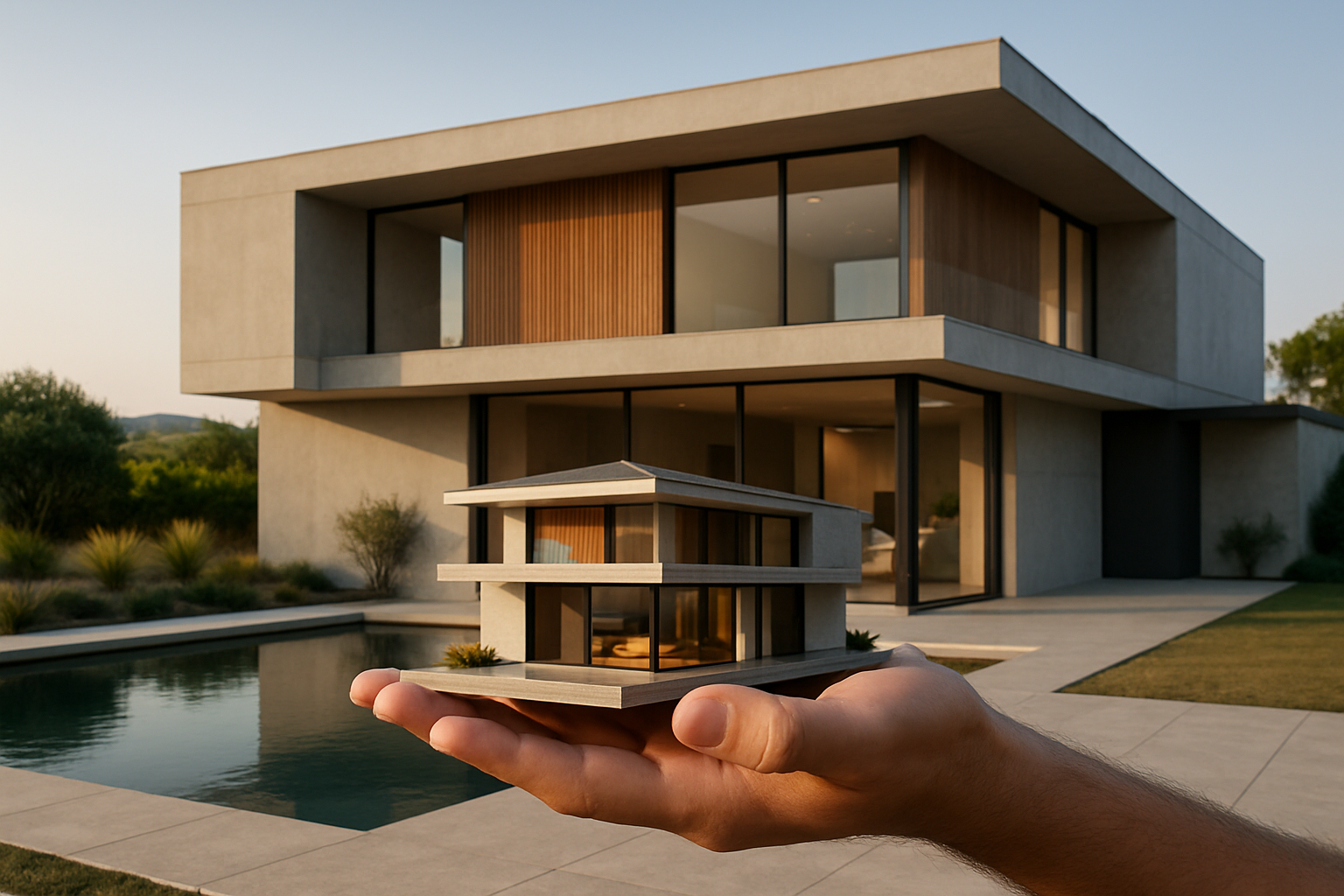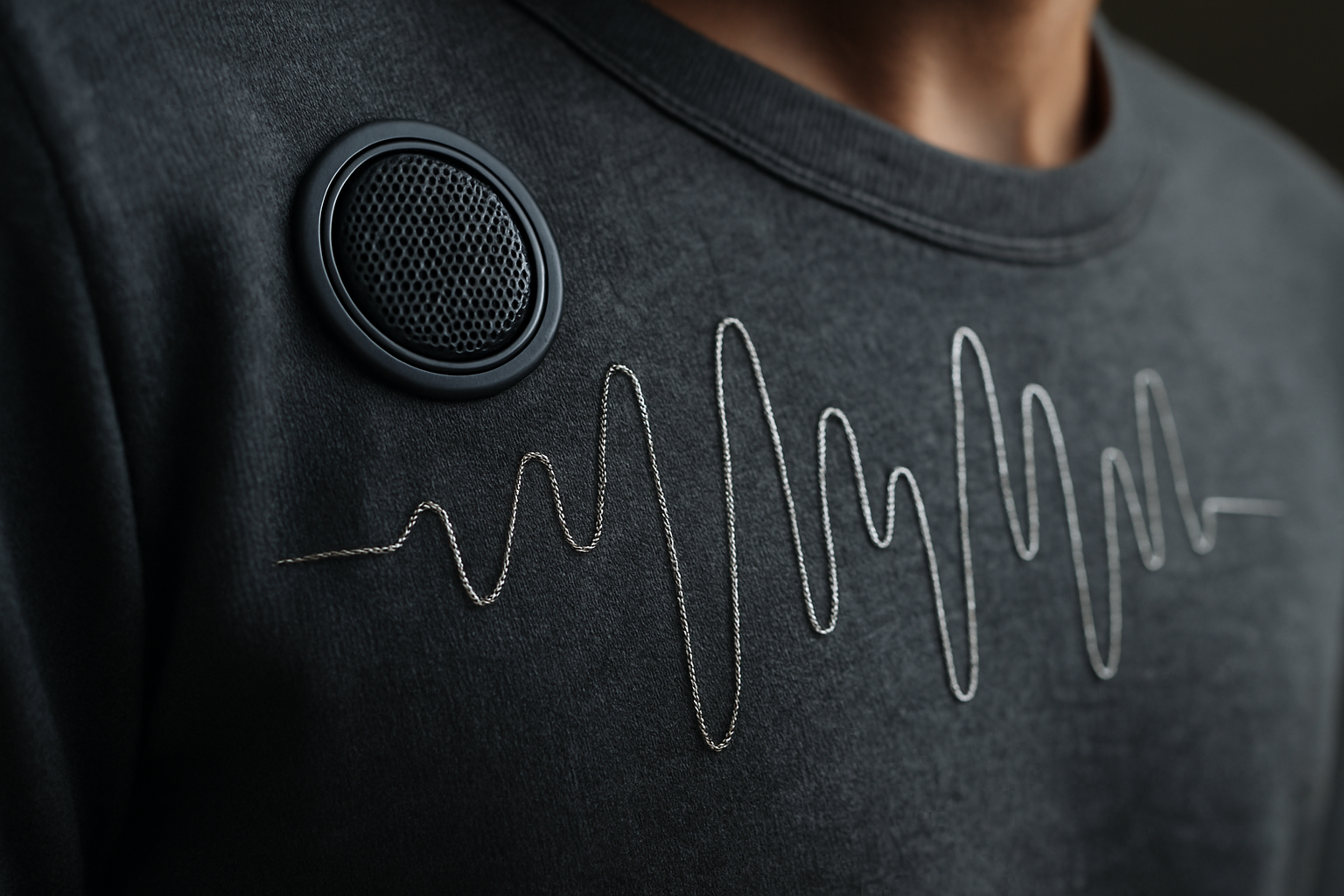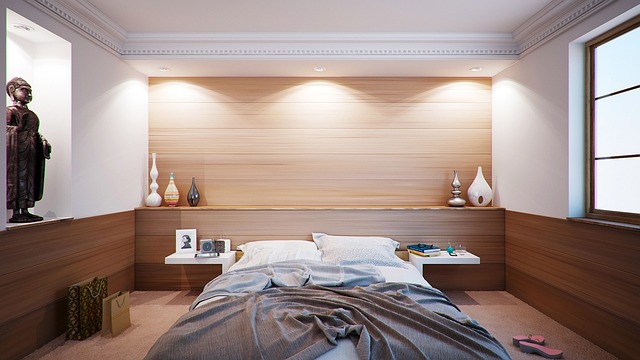Title: Luxury Prefab Homes: Redefining Upscale Living
Introduction: In a surprising twist to the luxury real estate market, high-end prefabricated homes are gaining traction among discerning buyers. This emerging trend is challenging traditional notions of custom-built mansions, offering a blend of opulence, sustainability, and efficiency. With the global prefab housing market projected to reach $153.7 billion by 2026, let's explore how these modular marvels are reshaping upscale living.

These homes are constructed in climate-controlled factories, ensuring precision and quality control that’s often challenging to achieve on traditional construction sites. The result is a home that’s not only luxurious but also built to exacting standards, often exceeding those of conventional construction methods.
Customization Meets Efficiency
One of the most appealing aspects of luxury prefab homes is the balance they strike between customization and efficiency. Buyers can choose from a wide array of design options, materials, and finishes, tailoring their home to their exact specifications. Yet, unlike traditional custom builds that can take years to complete, prefab homes can be manufactured and installed in a matter of months.
This efficiency doesn’t come at the cost of quality or design. Renowned architects and designers are now partnering with prefab manufacturers, bringing their signature styles to the modular world. From sleek, minimalist designs to grand, estate-like structures, the possibilities are as varied as they are impressive.
Sustainability: A Luxurious Necessity
In an era where environmental consciousness is increasingly synonymous with luxury, prefab homes are leading the charge. The controlled factory environment allows for precise material cutting and assembly, significantly reducing waste compared to on-site construction. Many prefab manufacturers also prioritize sustainable materials and energy-efficient designs, appealing to eco-conscious high-end buyers.
Moreover, the reduced construction time and minimal site disturbance make prefab homes an attractive option for those looking to build in environmentally sensitive areas. This combination of luxury and sustainability is reshaping buyer perceptions and driving demand in unexpected markets.
The Financial Landscape of Luxury Prefab
While luxury prefab homes can offer significant cost savings compared to traditional custom builds, financing these properties presents unique challenges. Many lenders are still adjusting to the concept of high-end modular construction, which can complicate the mortgage process.
However, as the market grows, financial institutions are developing specialized products for prefab home buyers. Some lenders now offer construction-to-permanent loans tailored for prefab projects, streamlining the financing process and making these homes more accessible to luxury buyers.
Market Impact and Future Projections
The rise of luxury prefab homes is having a ripple effect across the real estate industry. Traditional luxury home builders are taking notice, with some incorporating prefab elements into their construction processes to improve efficiency and quality control.
Real estate agents specializing in high-end properties are also adapting, educating themselves on the benefits and nuances of prefab construction to better serve their clientele. This shift is particularly noticeable in markets where land is scarce or construction costs are prohibitively high, as prefab offers a way to maximize value without compromising on luxury.
Looking ahead, industry experts predict continued growth in the luxury prefab sector. As more high-profile projects showcase the potential of these homes, buyer perception is likely to shift further. We may soon see prefab becoming a preferred choice for discerning homeowners, rather than an alternative to traditional construction.
Challenges and Considerations
Despite the growing popularity, luxury prefab homes face some hurdles. Zoning laws and building codes in some areas haven’t caught up with the advancements in prefab technology, creating regulatory challenges. Additionally, the perception of prefab as a lower-quality option still lingers in some circles, requiring ongoing education and showcase projects to dispel these myths.
For potential buyers, it’s crucial to research manufacturers thoroughly, as the quality can vary significantly. Working with architects and designers experienced in prefab construction is also advisable to ensure the final product meets luxury standards.
Conclusion
Luxury prefab homes represent a fascinating convergence of high-end design, cutting-edge technology, and sustainable practices. As this sector of the real estate market continues to evolve, it offers exciting opportunities for buyers, investors, and industry professionals alike. The blend of customization, efficiency, and environmental consciousness positions luxury prefab as not just a trend, but potentially the future of upscale living. As the market matures and more stunning examples of prefab luxury emerge, we may well be witnessing a paradigm shift in how we conceive, construct, and inhabit high-end homes.





